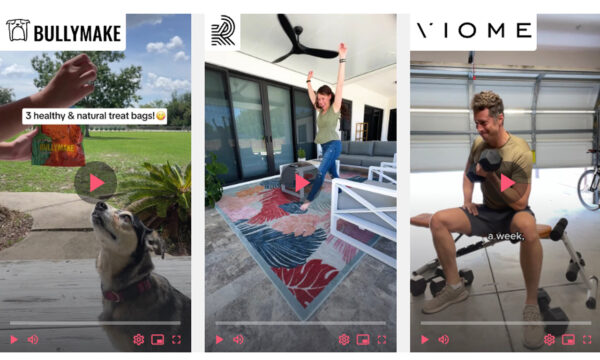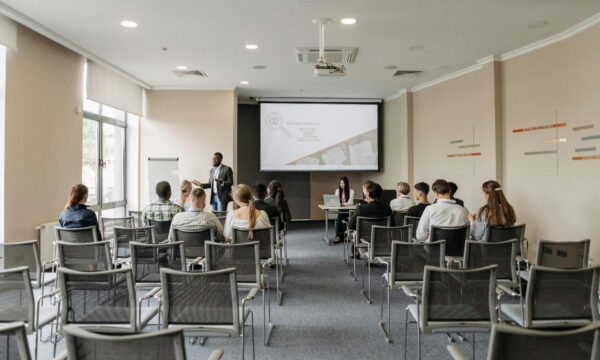The Universe Explained: Where can Meta go next?

In 2021-2022, interest in the metaverse concept surged, partly due to Facebook’s rebranding as “Meta.” Coined by sci-fi writer Neal Stephenson in 1992 in his book “Snow Crash,” the metaverse now represents computer-generated, networked extended reality (XR), encompassing augmented reality (AR), mixed reality (MR), and virtual reality (VR).
Currently, the metaverse mainly consists of somewhat immersive XR spaces where human and automated interactions occur. These interactions range from everyday augmented-reality apps on devices to more immersive experiences in gaming or fantasy realms, as well as “mirror worlds” replicating real-life environments.
But what does the future hold for the Mark Zuckerberg-owned major tech brand?
Augmented & Mixed-Reality Apps will triumph over VR
A significant number of these experts have projected that by 2040, augmented reality (AR) and mixed reality (MR) information layers, which can be readily incorporated into real-world environments, will see greater adoption across societies compared to virtual reality (VR).
They anticipate that MR and AR tools will increasingly gain importance in the daily lives of millions of individuals, encompassing home, school, work, healthcare, social interactions, and shopping. Many anticipate that VR environments will have limited utility in 2040, primarily finding traction in social work, education, and entertainment.
In contrast, they observed that current conceptions of fully immersive 3D VR entail the use of advanced hardware like goggles or specialised glasses, as well as handheld haptic and gestural devices, demanding complete immersion that disconnects users from the “real world.”
Everyday Life Evolved
XR technology drives speculation about various previously inconceivable possibilities within the rapidly developing metaverse. It is projected that by 2030, individuals will spend more time in the metaverse than in the physical world. This includes activities such as Shopping, income generation, job applications, socialising, and shopping, all through the virtual capabilities of the metaverse.
Over the next decade, virtual 3D environments may become increasingly utilised for higher education, job training, boardroom meetings, and workplace interactions. Businesses and governments will utilise the metaverse’s power and expansive reach to disseminate information, offer services, and collaborate in unprecedented ways.
The traditional workspace is expected to undergo significant changes. Work environments will likely feature surfaces that offer new interfaces and immediate virtual connections to individuals, locations, and work settings.
Advanced tools will enable users to establish connections and interact with 3D objects seamlessly within the realistic virtual space they inhabit. Anticipate the development of brain-computer interfaces (BCIs) by 2030, enabling the tracking, recording, and sharing of human thoughts. These XR capabilities could allow individuals to experience moments and memories from others’ lives virtually. Additionally, synthetic data originating from simulated environments will likely guide robots in problem-solving and replace humans in high-risk tasks.
Altering the Gaming Landscape
The popularity of online gamling has been steadily increasing since it first emerged. It has progressed from basic games to inclusive platforms that provide a variety of games and experiences.
The merging of the metaverse and online gaming is not just a futuristic idea – it is occurring at this very moment. Currently, virtual platforms in the metaverse provide an engaging gaming experience. Players can design avatars, communicate with others, and participate in classic games. Such activities will only be heightened and become more advanced in the future as VR, MR and AR begin to offer even deeper experiences within online games.
Continued Inventions
In September 2023, the CEO of Meta, Mark Zuckerberg, launched the Connect developer conference by introducing new AI products for consumers. These products include smart glasses capable of answering questions and streaming directly on Facebook, as well as bots that generate photo-realistic images and an updated virtual-reality headset.
Zuckerberg conveyed Meta’s focus on shaping the future of human connection and envisioned a near future where people engage with hologram versions of their friends or colleagues, as well as AI bots designed to assist them. He portrayed the products as a fusion of virtual and real worlds and emphasised Meta’s provision of low-cost or free AI that can be seamlessly integrated into everyday routines.
Meta’s apps continue to be the main driver of its business, but the company prioritises long-term strategies for AI and other emerging technologies. With 2.1 billion daily active users and a total family of apps revenue of over £40 billion, Meta’s dedication to AI is clear.
Despite setbacks in the Reality Labs division, which focuses on the metaverse, Meta is unwavering in expanding the metaverse across various devices. Horizon, a crucial component of this initiative, is undergoing testing on phones, tablets, and PCs.
Final Thoughts
In summary, the metaverse is a virtual space with the potential to improve how we work, learn, and socialise significantly. It enables global communication and collaboration on a scale not achievable in the physical world, as well as the creation of digital products and services that would not be feasible otherwise.
Despite concerns, the metaverse is rapidly advancing and has the potential to greatly improve how we engage with one another and with digital offerings. Policymakers, tech firms, and individuals must collaborate to ensure the responsible and sustainable development of the metaverse, considering both the potential risks and benefits.
The editorial unit























Facebook
Twitter
Instagram
YouTube
RSS